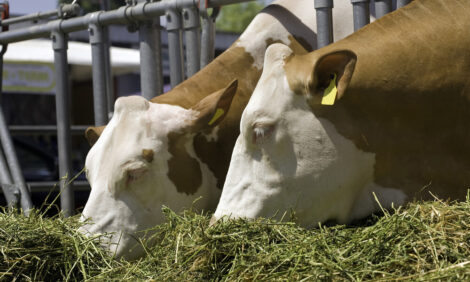



Global poultry markets rebounding - RaboBank
Rebound occurring despite tougher trade conditionsThe outlook for global poultry markets is further improving, driven by accelerated growth in poultry meat consumption (+1.5% to 2%) and disciplined supply growth in many markets, according to a recent market report from RaboBank. After four years of highly disruptive conditions, global poultry markets are moving toward more “normal” market conditions. Demand for value-added poultry products is recovering in line with expectations, due to gradually rising spending power and lower costs.
Most of this global growth has been driven by strong local market conditions rather than trade. This is particularly true for emerging markets in Southeast and South Asia, Africa, and Latin America. Lower feed prices have made chicken more affordable, supporting demand recovery.
The EU and the US are performing well this year, with relatively strong demand, controlled production growth, and rising prices. The main exceptions to this relatively strong market environment are China and Japan, where the industry has experienced overly ambitious growth rates above 3% this year, which negatively impacted local profitability. Brazil had also been heading toward an oversupply, but recent production cuts are expected to help balance the markets.
Global trade will become more competitive than in the past two years due to shifts in trade flows. In China, rising production, low prices, and sharply dropping imports will significantly impact global trade. We expect that the US, Brazil, and Russia will seek alternative markets to offset the impact of reduced Chinese trade, particularly affecting chicken feet and legs markets. Additionally, the new EU import quota for Ukraine will impact global trade in breast meat and whole chicken, particularly as Ukraine will increasingly look for alternative markets.
Avian influenza (AI) remains a critical concern for the poultry industry globally, requiring an ongoing strong focus on biosecurity practices to mitigate risks. Risks are currently shifting back into the Southern Hemisphere, with recent outbreaks in Australia and ongoing cases in South Africa and Latin America. These outbreaks could lead to sudden shifts in trade flows, both for imports and exports.
A continued focus on operations will certainly be needed. Feed costs have reached their lowest point, and grain prices have started rising. A strong emphasis on procuring feed ingredients and optimising feed formulations will be necessary, particularly considering the risk of a La Niña season on global crop harvests, which could affect major grain producers.












